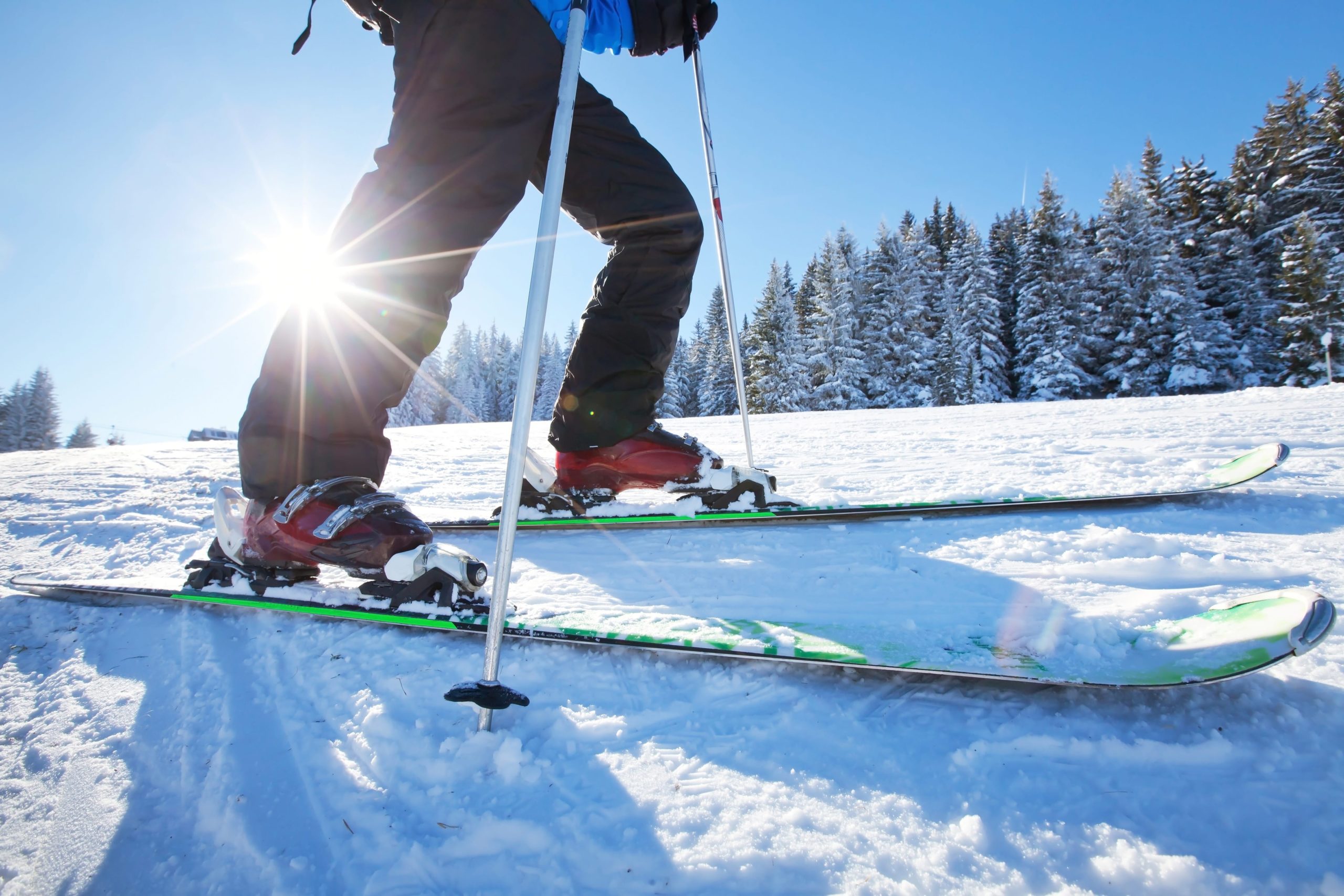
Skiing and snowboarding are risky activities. As every participant in these winter sports can attest, even the most seasoned and cautious of athletes can get injured. Icy conditions, falls, errors in judgment, freak accidents – any number of factors can lead to serious or even life-threatening injuries.
For this reason, ski hills require participants to sign waivers before hitting the slopes. Skiers and snowboarders who get injured generally can’t turn around and sue the ski hill for negligence.
But a recent case before the Minnesota Supreme Court addressed a slightly different question. What happens when a skier gets hit by another skier or snowboarder? Can the injured skier sue the person who hit them?
How far does the “assumption of risk“ go?
The case involved a ski instructor at Spirit Mountain in Duluth. The instructor was teaching a young student in a marked “slow skiing” area when a snowboarder slammed into her from above. The snowboarder had merged in from another run, jumped off a ramp and attempted to execute a “backside 180” trick. Unfortunately, he didn’t see the ski instructor below and landed on her, causing significant injuries.
The ski instructor sued the snowboarder for negligence. But the district court threw out the case on the ground of “primary assumption of risk” – the legal term for the rationale that the ski instructor had accepted the risk of injury by choosing to participate in the activity.
The state high court rejected that reasoning. Looking at other cases involving risky sports, the court noted that ice skaters aren’t expected to accept that risk that inept or reckless skaters might collide with them. So, too, skiers and snowboarders can’t be expected to accept the risk of another participant negligently slamming into them.
The takeaway: Use common sense on the slopes
The decision recognizes that skiers and snowboarders have a duty of care toward one another on the slopes. That means using reasonable caution – and common sense – to avoid collisions. When a skier or snowboarder carelessly slams into someone else, they can be held responsible.
The case is Soderberg v. Anderson.
















